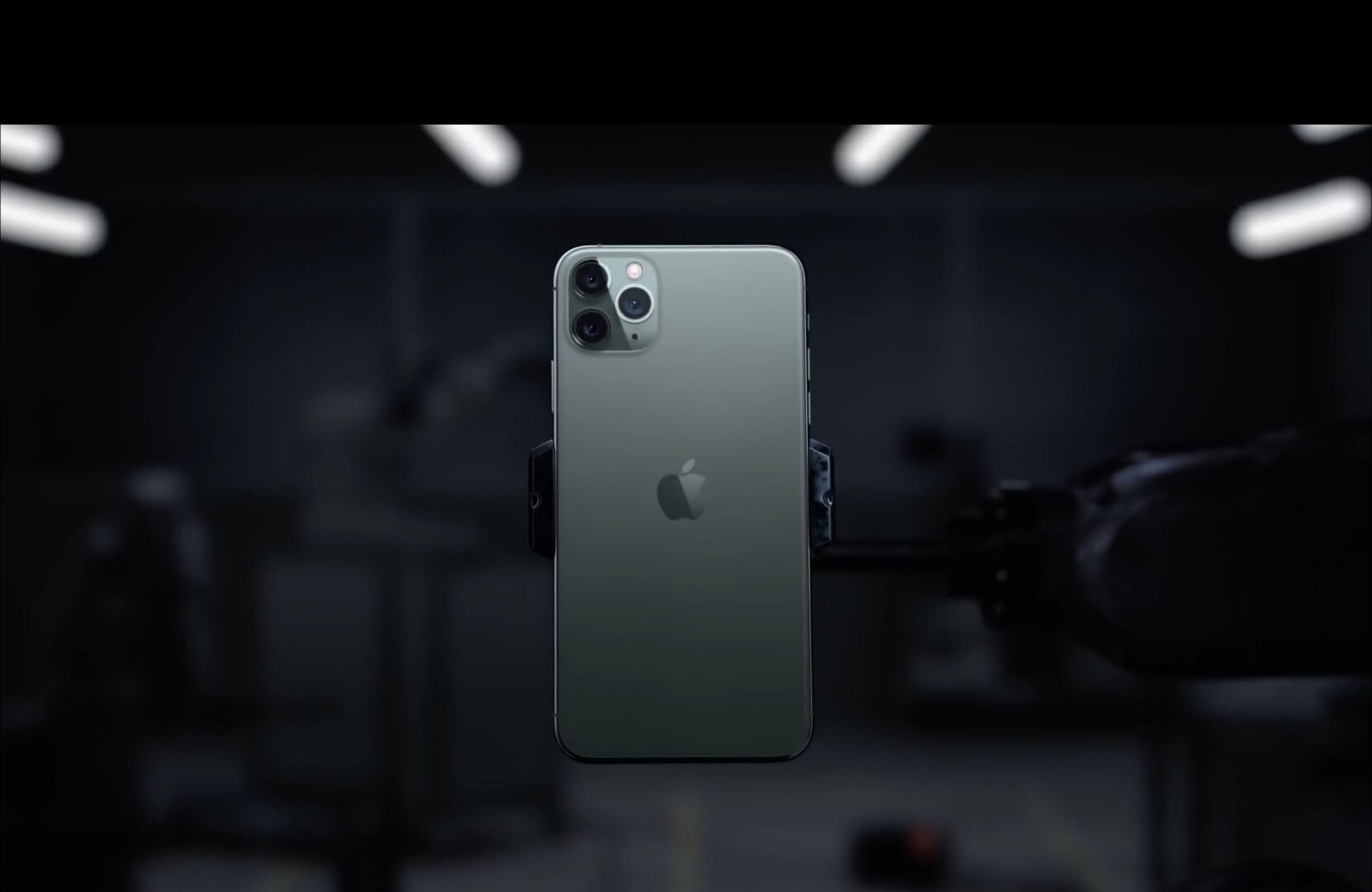Apple has finally explained behavior that lead some to believe new iPhones or iOS 13.x had a privacy bug.
Security researcher Brian Krebs discovered that the iPhone 11 Pro “intermittently seeks the user’s location information even when all applications and system services on the phone are individually set to never request this data.” He originally contacted Apple on November 13 to report the problem.
Earlier this week, Apple responded to Krebs by simply saying: “It is expected behavior that the Location Services icon appears in the status bar when Location Services is enabled. The icon appears for system services that do not have a switch in Settings.”
Needless to say, this vague response is not what people want to hear from a company that has planted its flag on respecting user privacy. Fortunately, Apple has since issued a statement to KrebsOnSecurity, along other venues, providing more information.
“Ultra Wideband technology is an industry standard technology and is subject to international regulatory requirements that require it to be turned off in certain locations. iOS uses Location Services to help determine if iPhone is in these prohibited locations in order to disable Ultra Wideband and comply with regulations. The management of Ultrawide Band compliance and its use of location data is done entirely on the device and Apple is not collecting user location data.”
Ultra Wideband is used by AirDrop to enable users to share files from one iPhone to another. The technology gives iPhones “spatial awareness.” This is what makes it possible for users to “share a file with someone using AirDrop simply by pointing at another user’s iPhone.”
While Apple does plan on allowing users to turn the feature off in the future, it is unknown when this will happen, especially since it involves working with government regulation.
In any event it’s reassuring to know there is no breach of privacy in play. However, Apple could have saved itself—and its customers—a lot of headache by being more transparent in its initial response or, better yet, by documenting the feature before it became a concern.







 WebProNews is an iEntry Publication
WebProNews is an iEntry Publication